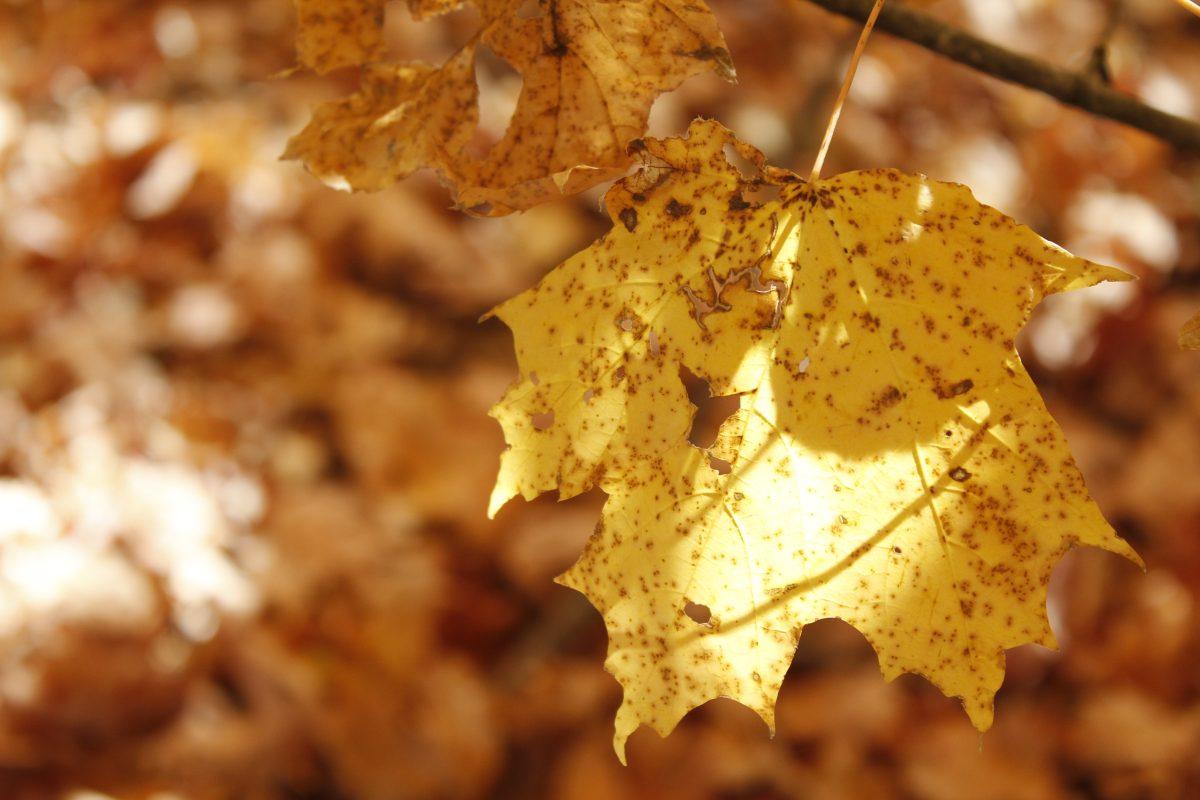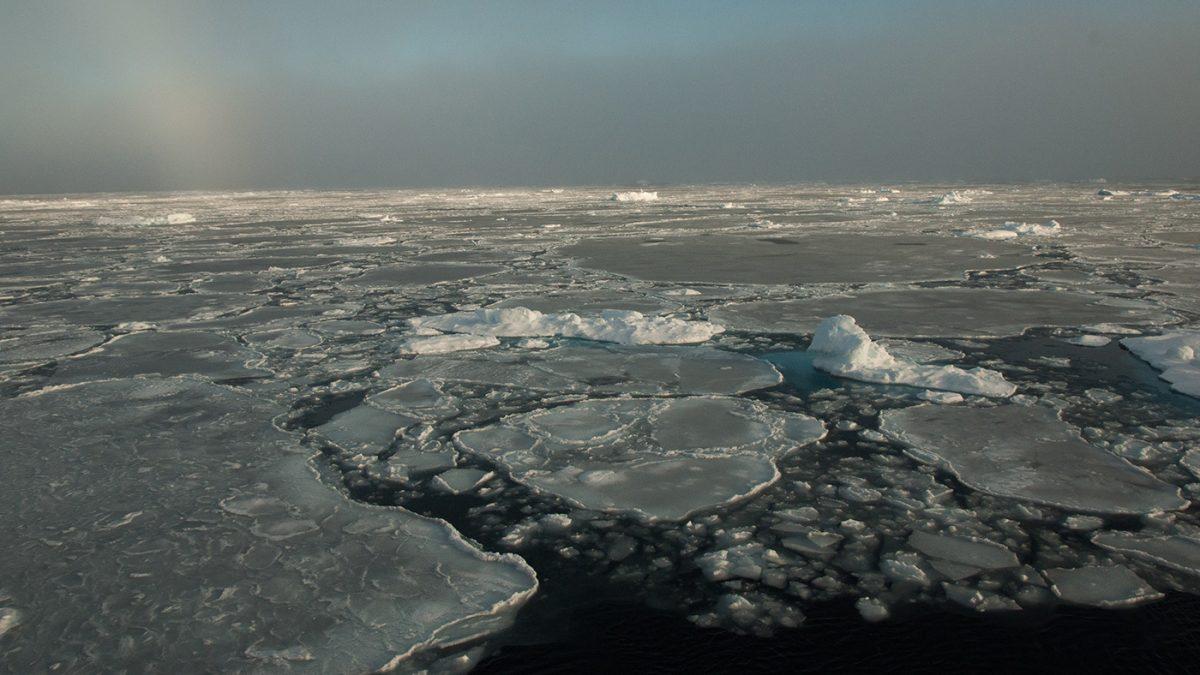There are few places in the world that are as beautiful as New England in the fall. Wellesley is particularly gorgeous, with its plethora of trees and the shimmering lake. This is, of course, because of the many shades of orange, red, brown, yellow and purple that leaves turn during this time of year. While most people have a basic understanding of why leaves change color in the fall, there is interesting new research about the differences between the fall colors in different parts of the world.
Most students are taught early on that plants need their green leaves to perform photosynthesis. The green color is caused by the presence of chlorophyll in the leaves, a chemical that allows the plant to turn sunlight, carbon dioxide and water into energy in the form of sugars and starch.
Lesser known than the green pigment, however, are other pigments such as carotene and xanthophyll, both of which create an orange color. These other colors are masked by the green of the chlorophyll during the spring and summer.
In the fall this begins to change. As temperatures drop and the length of the day shortens, the chlorophyll present in the leaves of trees begins to break down. This change reveals the orange and yellow pigments present in the leaves underneath the green.
However, in New England, there are also reds and purples that are often seen, even though there were originally no pigments present in the leaves that produce these colors. It is through a chemical reaction that occurs alongside the breakdown of the chlorophyll that red pigments, or anthocyanins, become present in some trees.
There are several factors both geographical and climatic, that can impact the intensity of the fall colors. For example, if it is a cool fall, but not freezing, red colors will be more prominent. If there is an early frost, however, the red colors will be duller. The most interesting of the discrepancies between fall colors, however, are geographically motivated. It has come to people’s attention that there is a difference between fall colors in the United States and in Europe.
In both the U.S. and in East Asia, there are trees that turn intensely red. However, in Europe, the fall foliage is predominantly yellow. This difference has sparked some interesting research into the cause, especially by Simcha Lev-Yadun of the University of Haifa-Oranim in Israel and Jarmo Holopainen of the University of Kuopio in Finland.
Looking back about 35 million years, they were able to discover that the tree’s process of becoming deciduous (dropping leaves in the winter) occurred around the time of the ice age. At that time, in both North America and Asia there were mass migrations of animals as the climate fluctuated. When the animals moved, so did insects and pests that were part of their environment. It is theorized that the anthocyanins, or red pigments, are insect repellents and developed to deal with the increase of leaf-eating insects.
Europe, on the other hand, had the Alps to deter migrant insects and animals from moving in during the ice age, and therefore, even when this period of climatic change was over there was no need for the insect-repelling qualities of the red leaves.
This research brings up many interesting questions about the differences between the fall colors all over the world, and the possible roles that the different pigments play in the lives of the trees.







